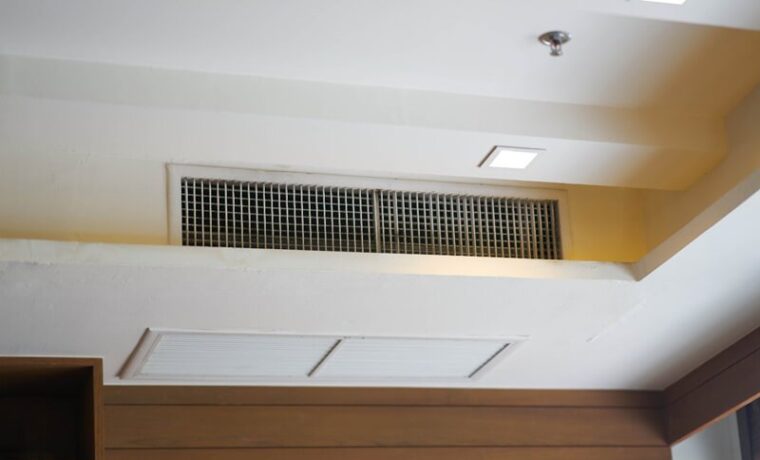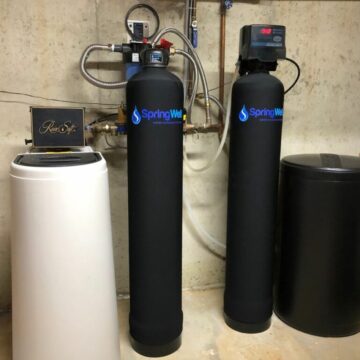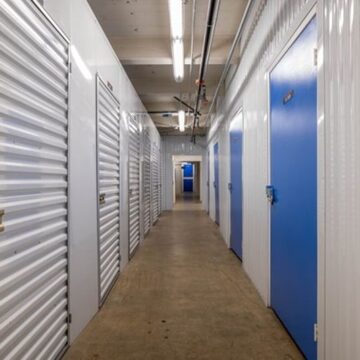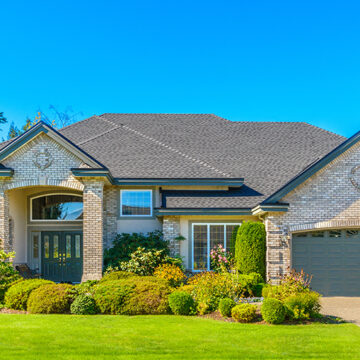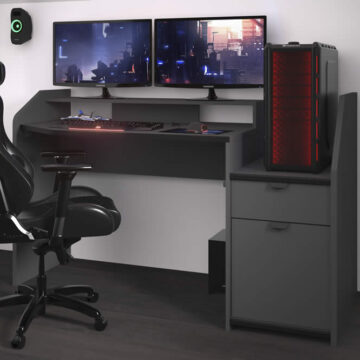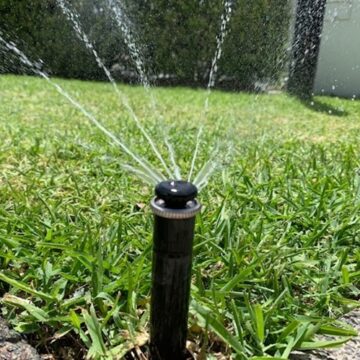Ducted heating is a popular heating system that is commonly used in homes and commercial buildings. This type of heating system uses a central heating unit to distribute warm air throughout the building via a series of ducts. In this article, we will explore some of the key features and benefits of ducted heating melbourne.
How Ducted Heating Works
Ducted heating systems work by using a central heating unit to warm air, which is then distributed throughout the building via a network of ducts. The heating unit can be powered by electricity, gas, or other fuels, depending on the system. The ducts are typically located in the walls or ceiling of the building, and they can be connected to vents or registers to distribute the warm air.
Benefits of Ducted Heating
There are several benefits to choosing a ducted heating system for your home or commercial building. These include:
- Whole-house heating: Ducted heating systems are designed to heat the entire building, providing consistent warmth throughout.
- Energy efficiency: Ducted heating systems can be highly energy efficient, especially if they are designed with zoning systems that allow you to control the temperature in different areas of the building.
- Improved air quality: Ducted heating systems can help improve indoor air quality by filtering out dust and other airborne particles.
- Aesthetics: Ducted heating systems are designed to be discreet, with the ducts and vents often located in the walls or ceiling, making them less obtrusive than other heating systems.
Zoning Systems
Zoning systems are an optional feature of ducted heating systems that can further improve their energy efficiency. Zoning systems divide the building into different temperature zones, each of which can be controlled independently. This allows you to heat only the areas of the building that are being used, reducing energy waste and saving money on heating costs.
Installation and Cost
Ducted heating systems are typically installed by professionals, as the installation process involves designing and installing the ductwork, as well as connecting the heating unit and thermostats. The cost of installation can vary widely depending on the size of the building and the complexity of the system. It’s important to get quotes from multiple professionals to compare costs and ensure that you’re getting a fair price.
In addition to installation costs, it’s important to consider the long-term costs of operating and maintaining a ducted heating system. Energy costs can vary depending on the efficiency of the system, while maintenance costs can include regular filter changes, duct cleaning, and professional maintenance.
Choosing a Ducted Heating System
When choosing a ducted heating system, there are several factors to consider, including:
- Energy efficiency: Look for a system with a high energy efficiency rating to save money on heating costs.
- Zoning capabilities: If energy efficiency is a priority, look for a system with zoning capabilities that can heat only the areas of the building that are being used.
- Size and capacity: Choose a system that is appropriately sized for your building to ensure maximum efficiency.
- Brand and warranty: Research different brands and choose one with a good reputation and a comprehensive warranty.
Conclusion
In conclusion, ducted heating systems are an excellent choice for heating homes and commercial buildings. They provide whole-house heating, improved energy efficiency, and improved indoor air quality. Zoning systems can further improve their efficiency, while regular maintenance and upkeep are critical for keeping them running smoothly. If you’re considering a ducted heating system for your building, be sure to research different options and work with a qualified professional to ensure proper installation and maintenance.




